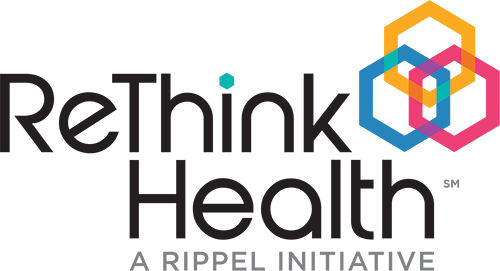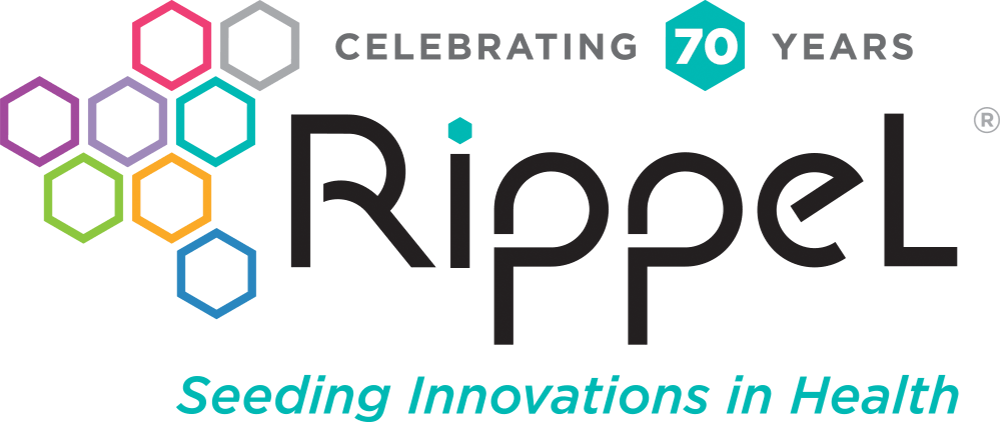The Stew BLOG
Turning Assets into Revenue: For Population Health Financing, Start with What You’ve Got
When thinking about financing population health, many multi-sector partnerships survey the landscape and find scarcity in resources, time, and capacity. But despite challenges, all partnerships have something in abundance. Perhaps yours has thriving connections in the community. Or maybe you have a high level of influence in your local policy-making process. Gaining a better awareness of where you are resource abundant could help your partnership leverage the resources differently.
When people talk about abundance, they often jump right to the idea of amassing resources. But adopting an abundance perspective can also mean thinking creatively about how strategically using the resources you already have could close the gap between what is happening now and what you want to see in the future.
Native Americans, for example, have embraced the mindset of abundance in resources as they’ve attracted green energy projects to reservations. Native American populations receive federal grants to address their lower health status when compared with other Americans, including lower life expectancy and higher rates of chronic disease. But they aren’t limited to relying on these grants as the sole source of federal financing (or other financing, for that matter) to address these problems.
In September, the White House hosted its 8th Tribal Nations Conference, which brought together the President and his Cabinet to discuss how the federal government could contribute to “nation-to-nation” relationships and “ensure progress in Indian Country.” One major topic of discussion was how reservations are partnering with the federal government and corporations to counteract climate change. By seeing what they have in abundance, primarily land, reservations are leveraging their resources to realize their value of protecting the earth and to find solutions to existing social problems such as unemployment.
The Moapa River Indian Reservation in Nevada, for example, established the Moapa Southern Paiute Solar Project in 2012 to create the first sun-to-electricity plant approved on tribal lands. The utility-scale project, one of three on Moapa land, is a partnership between First Solar, the tribe, and the Bureau of Indian Affairs, which brings in other federal agencies as needed.
The Moapa tribe stands to earn millions of dollars in income in leasing fees from First Solar for use of the land, in addition to fees for providing sand and gravel for the project. First Solar will also hire from the Tribe and local residents to construct and monitor the solar farm as well as consult on the project’s environmental impact. Finally, First Solar will support Tribal environmental programs such as the desert tortoise protection program with payment of $1.6 million in mitigation fees.
When multi-sector partnerships focus on the abundance of resources in their communities, rather than the scarcity of funding specifically available for population health, they can come to see their portfolio of opportunities (and how to act on it) in new ways.
Has your partnership discussed where you are resource abundant? How could an understanding of your existing assets point you to new lines of thinking about potential sources of revenue? Please comment below!
Follow Katherine Wright and ReThink Health on Twitter: @kwrigh02 @ReThinkHealth

